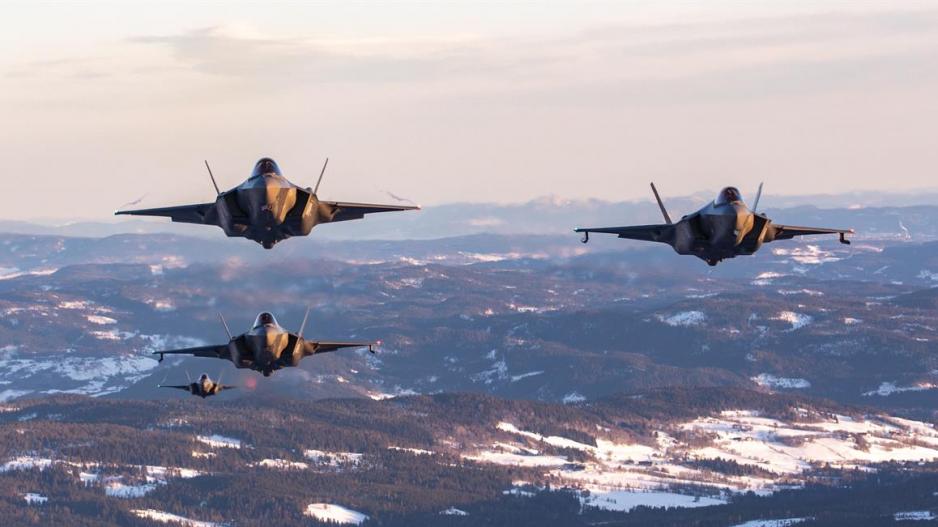- Reaction score
- 146
- Points
- 710
US patience definitely fraying--and what about endless RCAF fighter dithering, and what bucks for NORAD upgrading?
Mark
Ottawa
U.S. sent ‘blunt’ letter to Canada criticizing defence spending: sources
Canada has been officially called out by the United States over how much it spends on the military, Global News has learned.
A “blunt” letter from the U.S. government was delivered to the Department of National Defence that criticized Canadian defence spending levels and repeated American demands that Canada meet NATO targets.
Global News has not seen the letter — said to have a frustrated, critical tone — but multiple sources have confirmed it was sent and received...
One Canadian source told Global News that the U.S. is concerned that Canada does not take the threat from those countries in the Arctic seriously and wants the country to boost its contributions in that area...
The U.S. sending such a letter is an unusual, formal means of relaying a message, and it represents an escalation from previous attempts to get Canada to spend more on its military.
That pressure has been increasing in recent weeks ahead of the NATO summit in London starting on Dec. 3.
In fact, the same message has been conveyed in multiple ways to the federal government, a diplomatic source said, and NATO itself also wants to see more military spending from Canada...
https://globalnews.ca/news/6210623/canada-defence-spending-nato/
Mark
Ottawa



